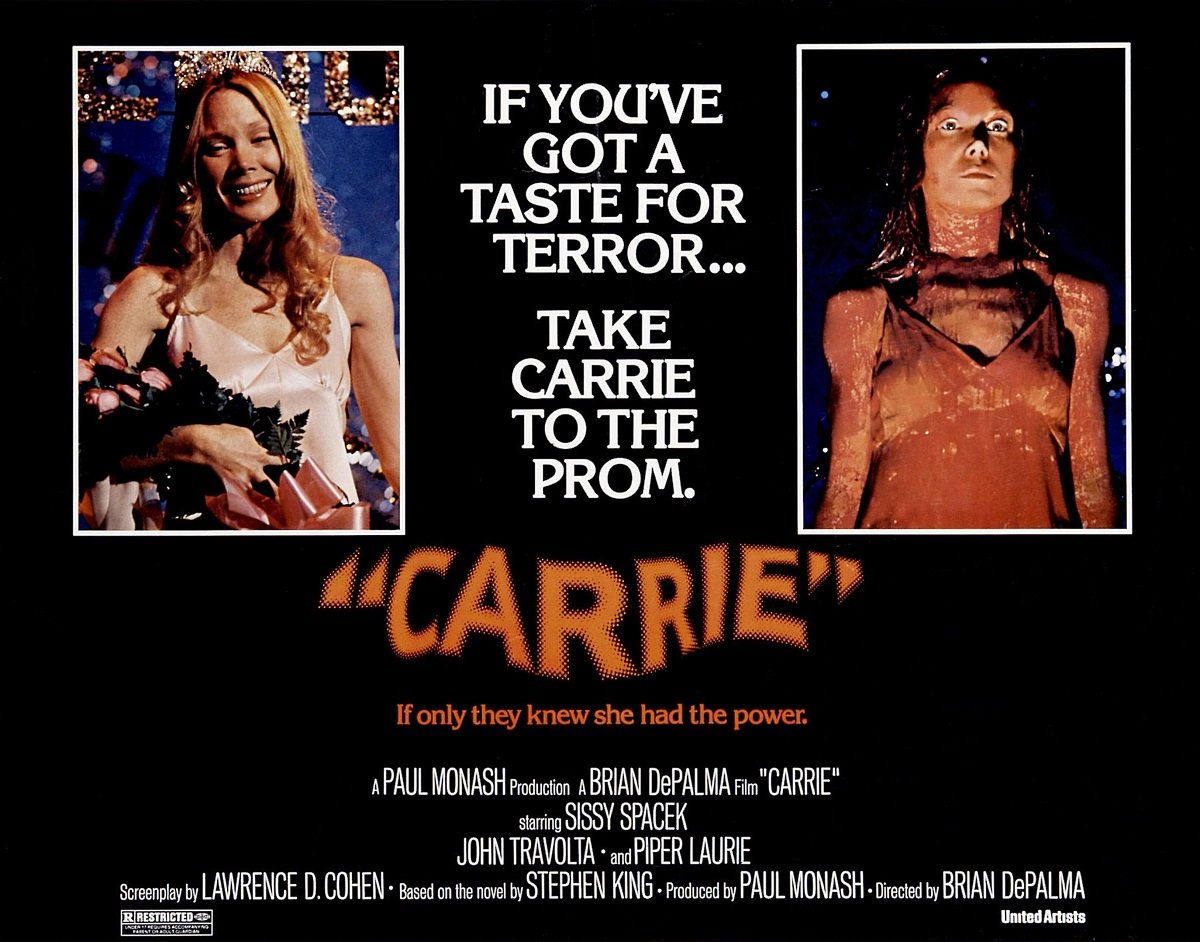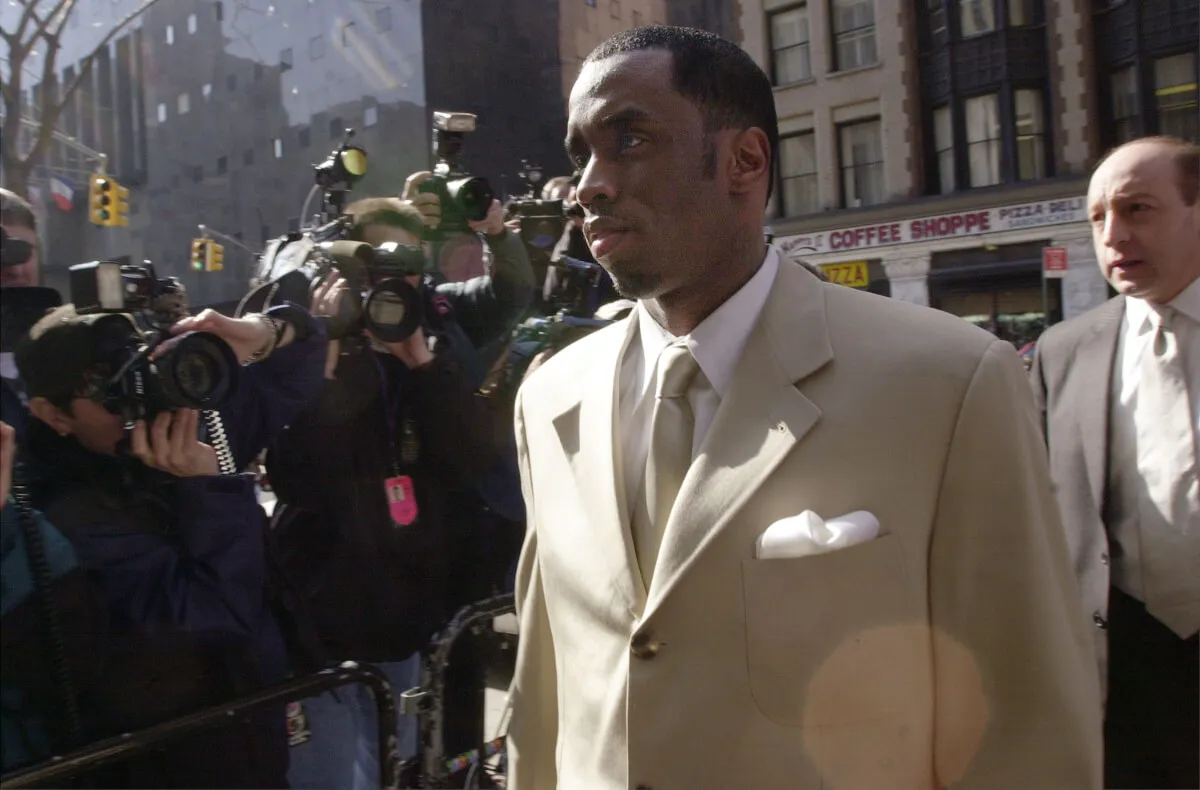‘Carrie’ Returns to Haunt Audiences in Theaters Sept. 26 & 29
In honor of its 45th anniversary, Brian De Palma’s Carrie will play on the big screen on Sept. 26 & 28. The 1976 classic horror film holds up well thanks to excellent performances, exciting characters, well-timed scares, and kinetic editing. Carrie is considered one of the best adaptations of a Stephen King novel.
‘Carrie’ succeeds with a complex character portrayed by Sissy Spacek
Carrie is the story of a shy teenage girl made to feel inferior by other girls at school. The opening scene is heartbreaking. Classmates tease Carrie in the gym shower. The story explores the cruelty of high schoolers. At home, she lives with her crazy, overbearing mother. Within a short time, the viewer feels the protagonist’s pain. Sissy Spacek brings sympathy and innocence to her role, rarely seen in the horror genre.
The story allows Carrie to discover her psychic powers, building to its haunting climax slowly. The movie’s last half hour is burned with strong, kinetic images as Carrie decides she’s had enough. Carrie is drenched in pig’s blood while on stage. Then, the doors to the gym slam shut, and people start to pay the price.
Why Carrie holds up so effectively has a lot to do with Spacek’s multi-dimensional performance. Not many actors could make you feel her sadness before turning into a killer. It is a fine line that Spacek walks perfectly. She breaks your heart. Then, she sends a chill down your spine. Spacek was nominated as Best Actress for the Academy Award, unusual acclaim for a horror movie. Piper Laurie as her twisted mother, also received a nomination in the Best Supporting Actress category, for her psychologically mad and creepy performance that never goes over the top.
‘Carrie’ uses practical effects to scare the audience

De Palma keeps the audience on the edge of their seat by building the tension throughout Carrie as they sense dread and unease about Carrie’s situation. When Carrie finally unleashes her anger in the gym, De Palma uses split-screen to force the audience to move back and forth across the screen amidst the chaos. The practical effect still works amazingly well, from people being electrocuted and crushed to the final confrontation between mother and daughter.
It is the images that haunt the audience long after Carrie is over. Who can forget the mother’s dead body standing in the same position as the St. Sebastian statue? And then, there’s the final scene. Filmed backward to give an odd feeling, De Palma tricks the audience into relaxing as Amy Irving’s Sue goes to plant flowers at Carrie’s tombstone before … one of the best hair-raising moments of all time.
Why ‘Carrie’ still works 45 years later
Even with a violent climax, Carrie does not feature mindless gore. The horror comes from the psychological damage to a sympathetic character. When Carrie goes on a killing spree, it becomes more disturbing than satisfying because we feel for her.
Carrie is a disturbing story with haunting images that remains effective to this day. Spacek’s powerful performance is one of the best in the horror genre. We care about her, feel her pain, and dread it when she goes home. It is understandable when she uses her psychic powers for revenge. We find peace with her. Until she “shows up” again in our nightmare!
RELATED: Sissy Spacek’s 15 Most Iconic Characters


